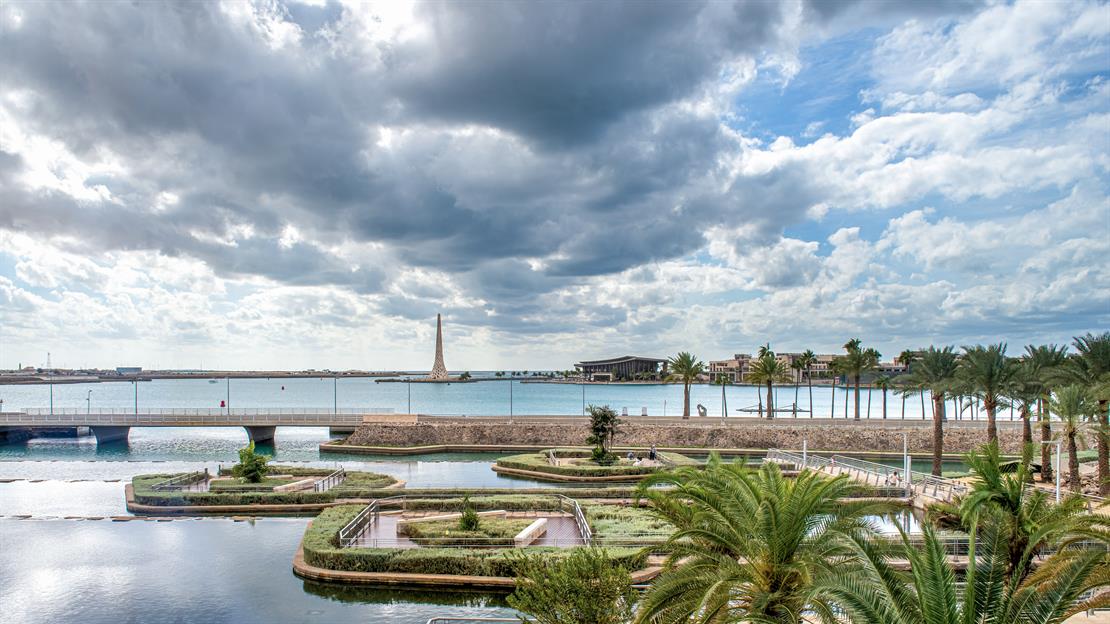

Advancing Design of Water Treatment Membranes through Molecular Simulation and Machine learning
Advancing Design of Water Treatment Membranes through Molecular Simulation and Machine Learning
For water treatment membranes such as reverse osmosis and nanofiltration membranes, it is important to know the behavior of water molecules in membranes. RO membranes contain a lot of water. The distribution of these waters depends on the molecular structure of the polymer membrane and greatly affects the permeability. In addition to interactions with polymer membranes, interactions such as hydrogen bonding with water in membranes are thought to play an important role in solute rejection. Various experimental methods can be applied to the investigation of water conditions in membranes, but since there is a limit to understanding at the molecular level, theoretical analysis methods such as molecular simulation are effective. We have studied the behavior of water molecules in RO membranes using molecular dynamics methods. From these studies, we can know the distribution and diffusion of water molecules in the RO membrane. The interaction between water molecules and polymer membranes also influences the fouling behavior on the surface. Recent studies have reported that the presence of intermediate water on the surface of polymer membranes suppresses fouling. Since there are many unclear points about the mechanism of generation of intermediate water, which is influenced significantly by polymer structure, we are studying the generation mechanism of intermediate water using molecular simulations for the design of efficient antifouling membranes. In addition, in order to develop polymer membranes with high fouling resistance, we are designing novel polymer structures using machine learning generation algorithms. In the presentation, we will report on these studies.